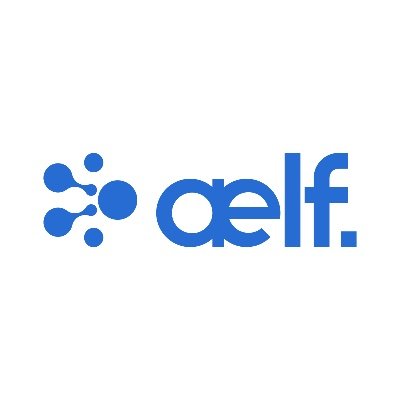AI is no longer a tool for research —
it’s becoming the researcher itself.
This is the first loop of autonomous innovation,
where intelligence doesn’t wait for direction —
it generates it.
The future won’t be built by control,
but by coherence.
#aelf #AI #Governance #Future
Yesterday we did a livestream. TL;DR:
We have set internal goals of having an automated AI research intern by September of 2026 running on hundreds of thousands of GPUs, and a true automated AI researcher by March of 2028. We may totally fail at this goal, but given the extraordinary potential impacts we think it is in the public interest to be transparent about this.
We have a safety strategy that relies on 5 layers: Value alignment, Goal alignment, Reliability, Adversarial robustness, and System safety. Chain-of-thought faithfulness is a tool we are particularly excited about, but it somewhat fragile and requires drawing a boundary and a clear abstraction.
On the product side, we are trying to move towards a true platform, where people and companies building on top of our offerings will capture most of the value. Today people can build on our API and apps in ChatGPT; eventually, we want to offer an AI cloud that enables huge businesses.
We have currently committed to about 30 gigawatts of compute, with a total cost of ownership over the years of about $1.4 trillion. We are comfortable with this given what we see on the horizon for model capability growth and revenue growth. We would like to do more—we would like to build an AI factory that can make 1 gigawatt per week of new capacity, at a greatly reduced cost relative to today—but that will require more confidence in future models, revenue, and technological/financial innovation.
Our new structure is much simpler than our old one. We have a non-profit called OpenAI Foundation that governs a Public Benefit Corporation called OpenAI Group. The foundation initially owns 26% of the PBC, but it can increase with warrants over time if the PBC does super well. The PBC can attract the resources needed to achieve the mission.
Our mission, for both our non-profit and PBC, remains the same: to ensure that artificial general intelligence benefits all of humanity.
The nonprofit is initially committing $25 billion to health and curing disease, and AI resilience (all of the things that could help society have a successful transition to a post-AGI world, including technical safety but also things like economic impact, cyber security, and much more). The nonprofit now has the ability to actually deploy capital relatively quickly, unlike before.
In 2026 we expect that our AI systems may be able to make small new discoveries; in 2028 we could be looking at big ones. This is a really big deal; we think that science, and the institutions that let us widely distribute the fruits of science, are the most important ways that quality of life improves over time.
1,14 N
1
Nội dung trên trang này được cung cấp bởi các bên thứ ba. Trừ khi có quy định khác, OKX không phải là tác giả của bài viết được trích dẫn và không tuyên bố bất kỳ bản quyền nào trong các tài liệu. Nội dung được cung cấp chỉ nhằm mục đích thông tin và không thể hiện quan điểm của OKX. Nội dung này không nhằm chứng thực dưới bất kỳ hình thức nào và không được coi là lời khuyên đầu tư hoặc lời chào mời mua bán tài sản kỹ thuật số. Việc sử dụng AI nhằm cung cấp nội dung tóm tắt hoặc thông tin khác, nội dung do AI tạo ra có thể không chính xác hoặc không nhất quán. Vui lòng đọc bài viết trong liên kết để biết thêm chi tiết và thông tin. OKX không chịu trách nhiệm về nội dung được lưu trữ trên trang web của bên thứ ba. Việc nắm giữ tài sản kỹ thuật số, bao gồm stablecoin và NFT, có độ rủi ro cao và có thể biến động rất lớn. Bạn phải cân nhắc kỹ lưỡng xem việc giao dịch hoặc nắm giữ tài sản kỹ thuật số có phù hợp hay không dựa trên tình hình tài chính của bạn.


